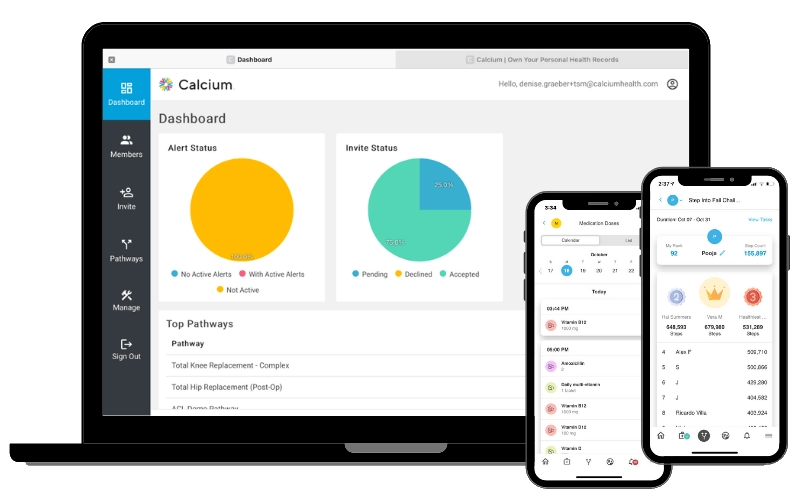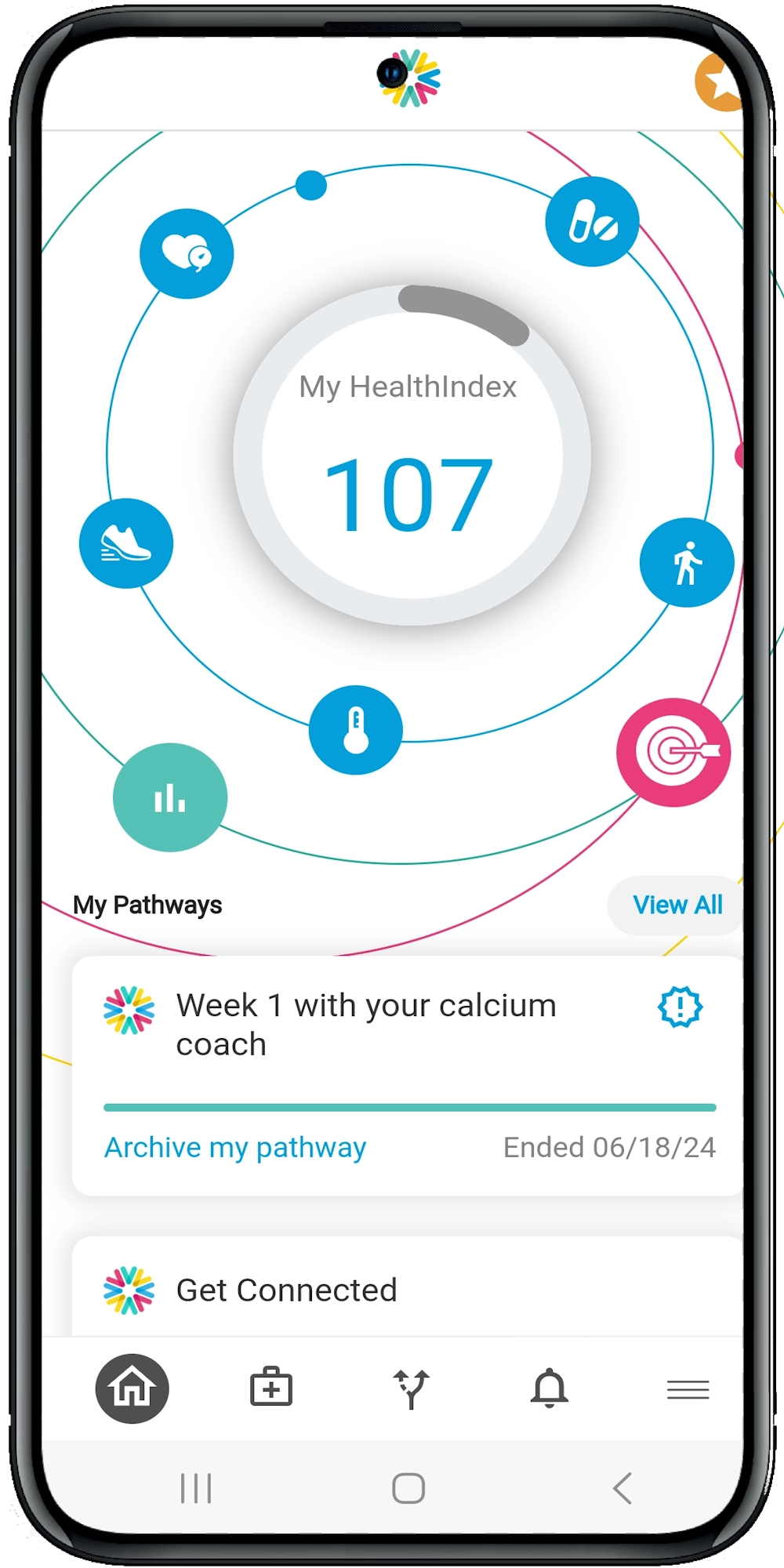Digital Health Interventions for Managing Cancer-Related Fatigue
Understanding Cancer-Related Fatigue
Cancer-related fatigue (CRF) is a persistent, subjective sense of tiredness related to cancer or its treatment that interferes with usual functioning. For healthcare providers, managing this pervasive symptom can be challenging. But what if digital health tools could make a significant difference? Let’s dive into how digital health interventions can revolutionize the way we manage CRF.
Before we delve into solutions, it’s crucial to understand the problem. CRF is not just about feeling tired. It’s a multifaceted condition that affects physical, emotional, and cognitive domains. Unlike regular fatigue, CRF doesn’t go away with rest and can significantly impact a patient’s quality of life. It’s like carrying a heavy backpack that never lightens, no matter how much you rest.
The Role of Digital Health Interventions
Digital health interventions offer innovative ways to manage CRF. These tools range from mobile apps to wearable devices and telehealth platforms. They can provide real-time monitoring, personalized feedback, and tailored interventions. Think of them as your digital allies in the battle against cancer-related fatigue.
1. Mobile Apps for Self-Management
Mobile apps are increasingly popular for managing CRF. They offer various features that help patients track symptoms, set goals, and receive personalized recommendations.
- Symptom Tracking: Apps like Fatigue Science and My Cancer Coach allow patients to log their fatigue levels, sleep patterns, and physical activities. This data can be shared with healthcare providers for better treatment planning.
- Goal Setting: Apps such as Cancer.Net Mobile help patients set realistic goals for physical activity, nutrition, and rest. Achieving these goals can improve overall energy levels.
- Educational Resources: Many apps provide educational content about CRF, helping patients understand their condition better and encouraging them to adhere to their treatment plans.
2. Wearable Devices for Monitoring
Wearable devices like Fitbit and Apple Watch can play a crucial role in managing CRF. These devices track physical activity, sleep patterns, and heart rate, offering valuable insights into a patient’s daily life.
- Activity Monitoring: Regular physical activity is essential for managing CRF. Wearables can motivate patients to stay active by setting daily step goals and providing real-time feedback.
- Sleep Tracking: Poor sleep quality can exacerbate CRF. Wearables can monitor sleep patterns and provide data to help healthcare providers recommend interventions for better sleep hygiene.
- Heart Rate Monitoring: Changes in heart rate can indicate levels of physical exertion and stress. Wearables help in monitoring these changes, allowing for timely interventions.
3. Telehealth Platforms for Remote Support
Telehealth platforms offer a convenient way for patients to receive support without the need for in-person visits. These platforms can facilitate regular check-ins, virtual consultations, and remote monitoring.
- Virtual Consultations: Platforms like Teladoc and Amwell enable patients to have video consultations with their healthcare providers. This can be particularly useful for discussing symptoms, treatment side effects, and CRF management strategies.
- Remote Monitoring: Telehealth platforms can integrate with wearable devices and mobile apps to provide a comprehensive view of a patient’s health. This allows healthcare providers to monitor patients remotely and make data-driven decisions.
- Support Groups: Many telehealth platforms offer virtual support groups where patients can share their experiences and coping strategies. This peer support can be invaluable for managing CRF.
Integrating Digital Health into Clinical Practice
Integrating digital health tools into clinical practice requires a strategic approach. Here are some steps to consider:
- Assessment: Evaluate the digital health needs of your patient population. Identify the most common symptoms and challenges related to CRF.
- Selection: Choose digital health tools that align with your clinical goals. Look for evidence-based options with user-friendly interfaces.
- Implementation: Train your staff on how to use these tools effectively. Ensure that patients understand how to use them and the benefits they offer.
- Monitoring: Regularly review the data collected by these tools to assess their impact on CRF management. Make adjustments as needed to optimize outcomes.
Challenges and Considerations
While digital health interventions offer numerous benefits, they also come with challenges. It’s essential to consider factors such as:
- Data Privacy: Ensure that the digital health tools you use comply with HIPAA regulations to protect patient data.
- Digital Literacy: Not all patients may be comfortable using digital tools. Provide training and support to help them get started.
- Cost: Some digital health tools can be expensive. Consider the cost-benefit ratio and explore options for financial assistance or insurance coverage.
The Future of CRF Management
The future of CRF management lies in the seamless integration of digital health tools into everyday clinical practice. As technology continues to evolve, we can expect even more sophisticated solutions that offer personalized, real-time support for patients.
Imagine a world where patients can manage their CRF with the help of AI-driven apps that provide tailored recommendations based on their unique health data. Or wearable devices that not only track activity but also predict fatigue levels and suggest interventions before symptoms worsen. The possibilities are endless.
Digital health interventions are not just a trend; they are a transformative force in healthcare. By embracing these tools, healthcare providers can offer more effective, personalized care for patients struggling with cancer-related fatigue.
For more insights into digital health strategies and tools, explore our other resources or schedule a demo to learn more about our digital health platform and solutions. Together, we can make a difference in the lives of those affected by cancer.





